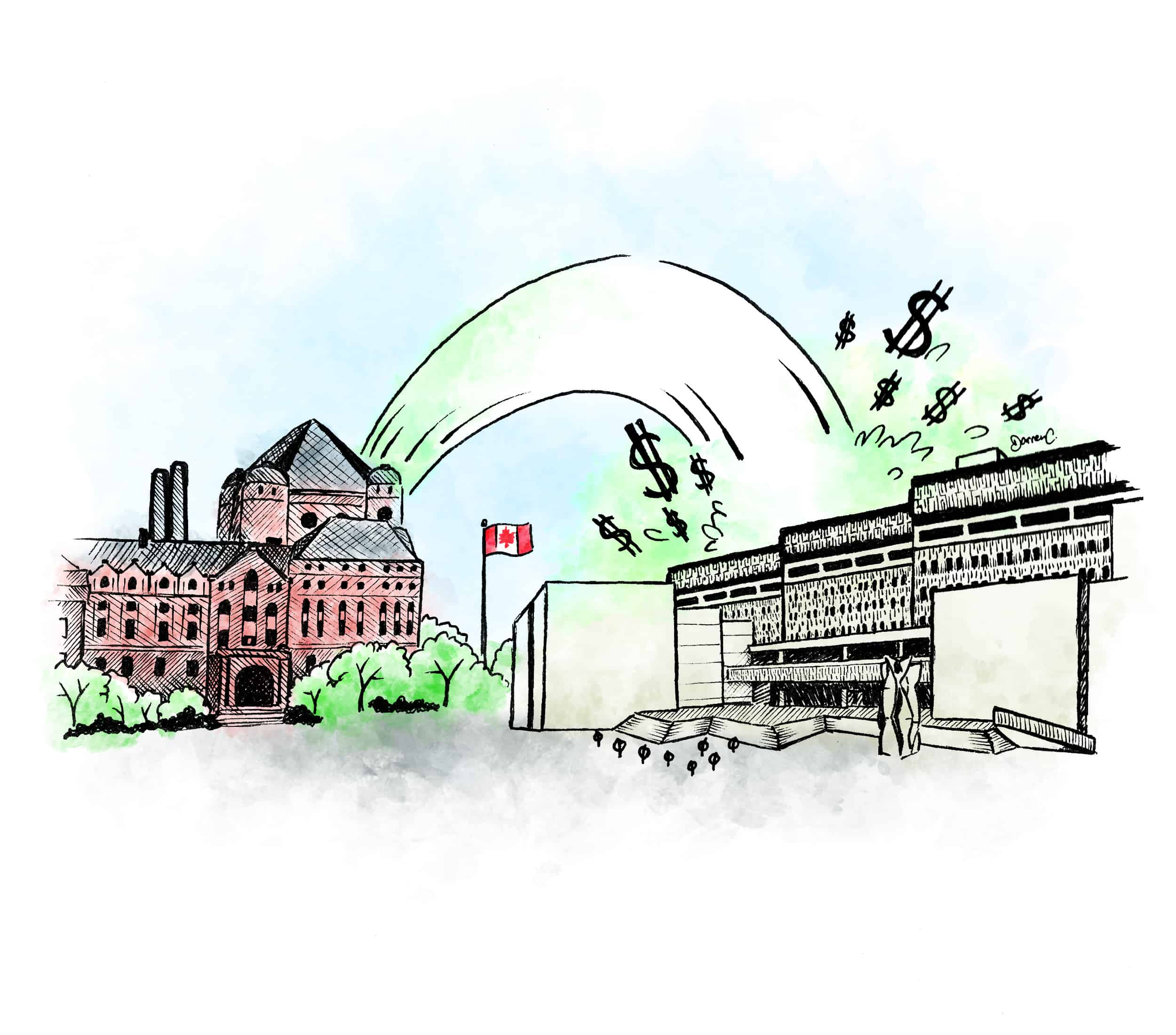The choice to invest heavily in locally educated science, technology, engineering, and mathematics (STEM) degrees is plainly and unequivocally a good one. As evidenced by the recent investment by Google into the Waterfront and Toronto’s optimistic bid to house Amazon’s Canadian headquarters, it is clear that the tech industry is booming in Ontario. Likewise, it is in the logistical and economic benefit of everyone involved that the accompanying jobs and opportunities be filled with Ontario-educated talent.
However, attempting to become North America’s number one producer of postsecondary STEM graduates per capita is no easy feat. While I am cautiously optimistic, the vague nature of the government’s announcement that it intends to do just that raises questions as to how exactly Ontario will achieve this bold vision. With big talking points like increasing STEM graduates by 25 per cent over the next five years, the only concrete policy on the matter so far appears to be a $30 million investment into creating applied master’s degrees in artificial intelligence. It remains to be seen precisely how the province will promote other areas in the STEM fields.
Regardless, the announcement is a breath of fresh air for scientists in Ontario. With Canada still feeling the effects of the Harper administration’s ‘war on science’ and the concerning anti-intellectual and anti-scientific rhetoric south of the border, Ontario is taking a stand in the name of progress and innovation. Combined with governmental promises to look into the Naylor Report and the potential reversal of American-Canadian ‘brain drain,’ the future is looking bright.
Spencer Y. Ki is a second-year student at Victoria College studying Astrophysics and Mathematics.


